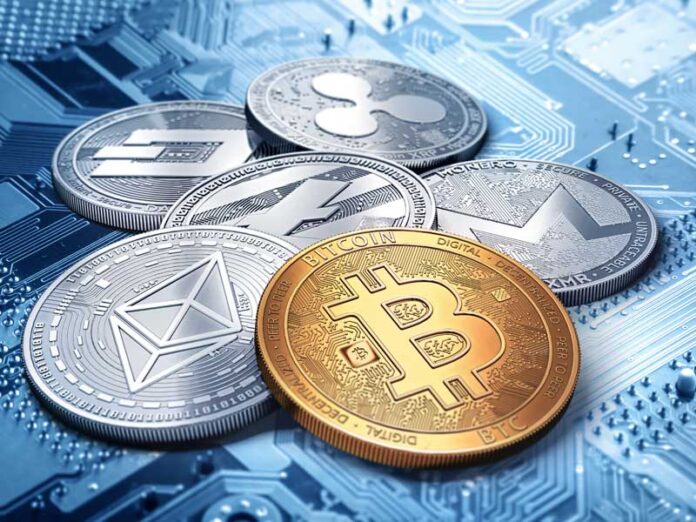
For years now, cryptocurrencies or digital currencies have been one of the most profitable ways of earning money. More and more of them are appearing and coming into their own each year. Constantly evolving and becoming more accessible and widespread, people around the world are much more familiar with what cryptocurrency is and how it all works. It is a known fact they are useful and that they are here to stay, so why not jump on the train and be a part of it?
Well, it can be quite overwhelming, especially when choosing the digital currency you want to trade and exchange. There are currently around 2,000 different currencies in existence, so choosing the right one is a difficult decision to make. Of course, a few of them are much better to utilize and a safer option to go with. By the end of this article, you will become more familiar with five of the most important cryptocurrencies in 2024. Whichever you choose, you will not be wrong. For more info on digital currencies and all things related to business, marketing, startup companies, and entrepreneurship, check out feedster.com.
What are Cryptocurrencies?
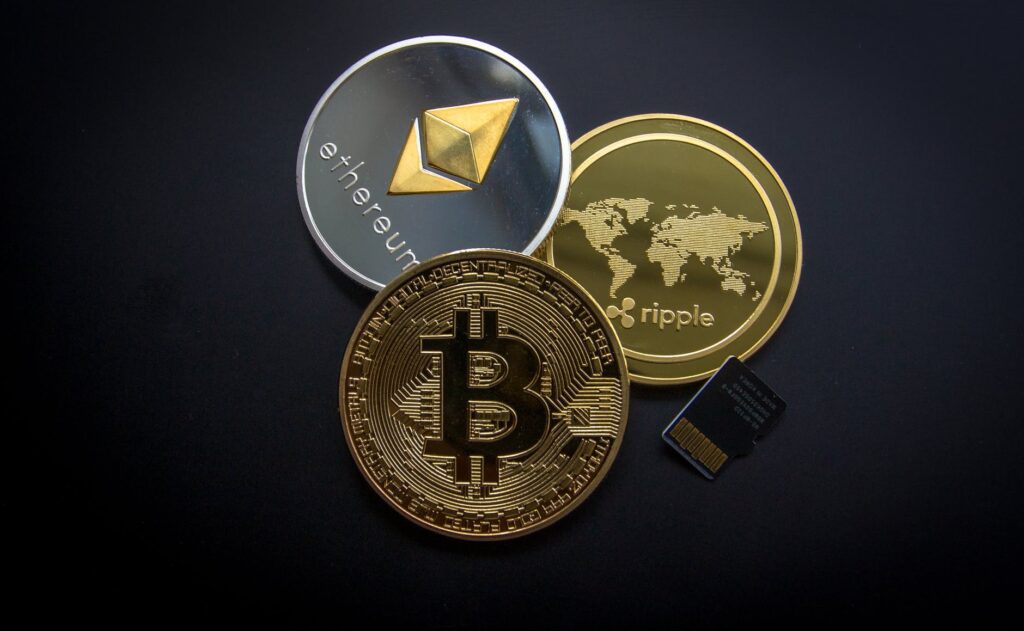
Since there are more than 2,000 cryptocurrencies in the world as of the start of 2024, we must first take a closer look at what cryptocurrency actually is. A cryptocurrency is a virtual (digital) money that exists in the form of tokens or coins. Some cryptocurrencies also became more physical and traditional through credit cards, but the large of them is still only present on the internet. The “crypto” part of the name refers to the very complex cryptography that allows both the creation and processing of digital currencies, as well as their transactions between decentralized systems.
Cryptocurrencies are almost exclusively free from any sort of government manipulation and control. There was some controversy about this aspect when cryptocurrencies started growing more popular. Currencies like bitcoin are known as altcoins. These often present themselves as modified and/or improved versions of the most famous digital currency. Although some are easier to mine, there are also increased risks when the lower levels of liquidity, acceptance, and value are concerned. In the following list, the five most important digital currencies, including bitcoin, are presented.
1. Bitcoin (₿)

Everyone is familiar with bitcoin and its incredible rise to the top. For more than a decade, it has been the most dominant of all cryptocurrencies. It all started with bitcoin, and it will probably end with it, although there is no end in sight. The original cryptocurrency is still the most valuable, and most investors focus only on it and nothing else. Although extremely volatile in its value spikes that are capable of rendering people bankrupt, or making them a fortune, bitcoin is the most tempting option for many who trade cryptocurrency. For things other than investment and trading, Bitcoin arguably remains the most useful way to spend the cryptocurrency. A quickly growing number of stores across the globe actively accept it as payment, and it can be used with debit cards. By doing this, you basically convert it to cash at the moment the sale is made.
2. Ethereum (ETH)

Ethereum has always been number two right below bitcoin. This is a decentralized software platform that allows smart contracts and decentralized applications (DApps for short) to be made and to run without downtime, control, fraud, or interference from a potential third party. These apps run on a platform-specific cryptographic token, called ether. Think of the ether as a vehicle for moving around on Ethereum platforms. It is very sought after by developers who wish to develop and run applications, and investors are looking to purchase other digital currencies. Ether came in 2015 as the second-largest digital currency by market cap, behind only bitcoin. The margin, however, is significant. As of 2024, it is roughly 1/10 the size of bitcoin. According to the creators, it can codify, decentralize, secure, and trade virtually anything.”
3. Ripple (XRP)
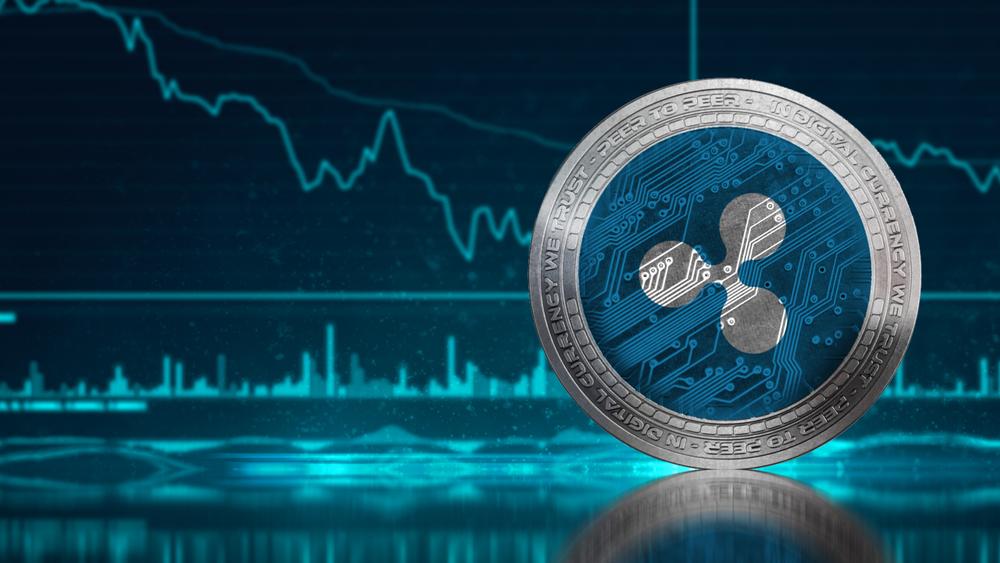
The third digital currency on our list is Ripple, a real-time global settlement network. Ripple offers its users instant, certain, and low-cost payments on an international level. It was released in 2012, and it now enables the banks to settle payments in real-time by using end-to-end transparency at lower costs. Ripple’s method of conformation is unique because it does not require mining, the traditional way of obtaining the currency. All of their tokens were “pre-mined” before the initial launch. This means that there is no creation of additional tokens, only introduction, and removal from the supply. Because of this uniqueness, Ripple is different than bitcoin and most other altcoins. Since there is no mining, it reduces the computing power of the users and minimizes their network latency. It has been very successful so far and remains one of the most exciting and appealing currencies.
4. Litecoin (LTC)
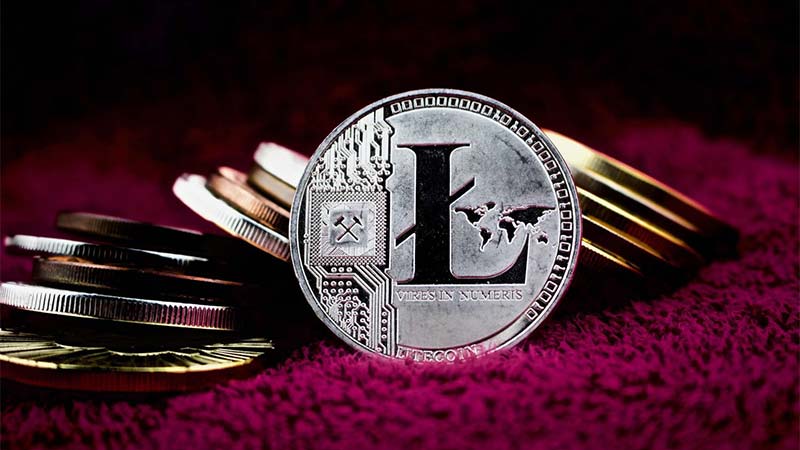
Litecoin saw the light of day for the first time in 2011, and it was among the first digital currencies to follow bitcoin. Some people still refer to it as “silver to bitcoin’s gold.” Charlie Lee, an MIT graduate, and former Google engineer is the person behind it. He based LTC on an open-source global payment network, which is not controlled by a central authority. The network uses a “script” as proof of work, able to be decoded with mid to high tier, consumer-level CPUs. Although it is very similar to bitcoin in most aspects, it has faster block generation rates, which in turn allows for faster transaction confirmation time. Developers are, of course, the main user base, but a growing number of merchants have seen the benefits of using Litecoin and started accepting it as a legitimate payment option.
5. Tether (USDT)
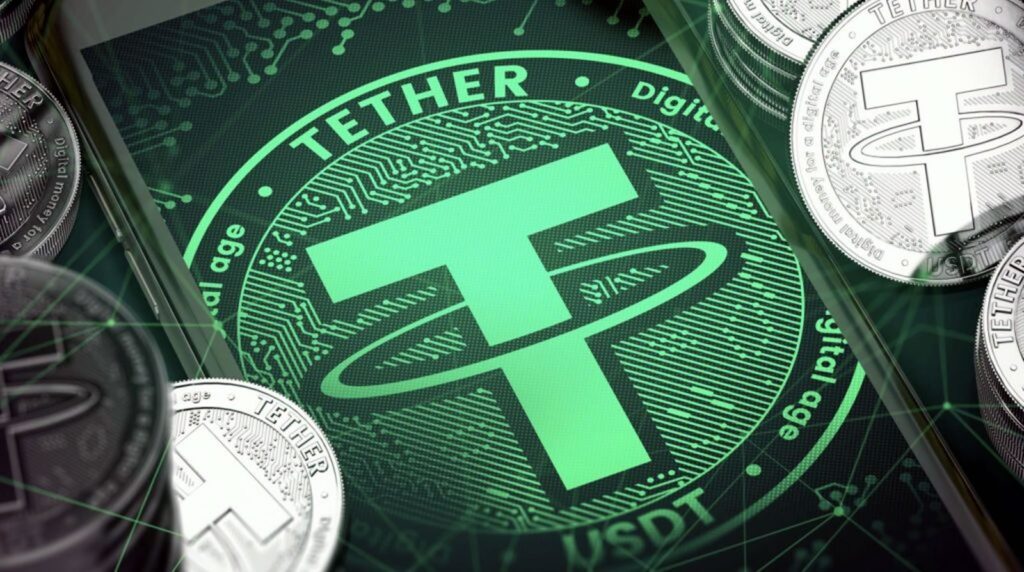
Lastly, we have Tether, one of the first and most popular “stablecoins.” These cryptocurrencies aim to increase their market value and stay relevant by focusing on volatility reduction. Since most digital currencies are infamous for their frequent positive and negative spikes in market value and worth, Tether and its alternatives want to smooth out these price fluctuations and attract as many users as possible. They mostly target users who tend to be more cautious and take longer to make business moves. Therefore, if you enjoy tactics, careful planning, and stability, stablecoins like Tether might be the right thing for you. Tether appeared in 2014 as a blockchain platform. It allows individuals to use a blockchain network while minimizing the volatility and complexity of digital currencies.








